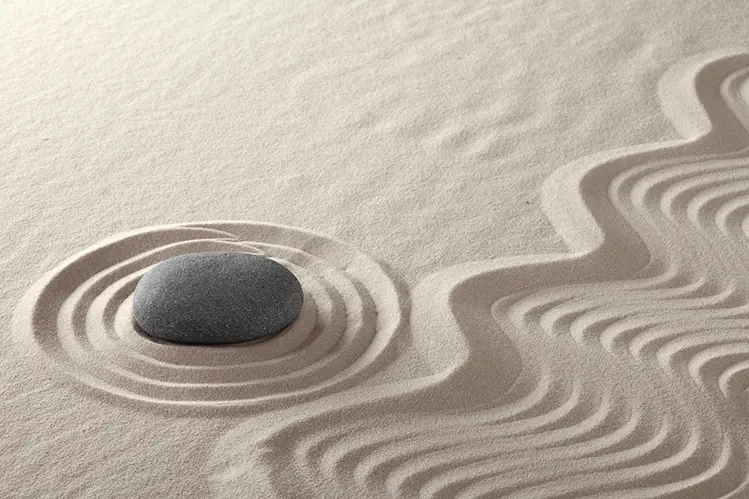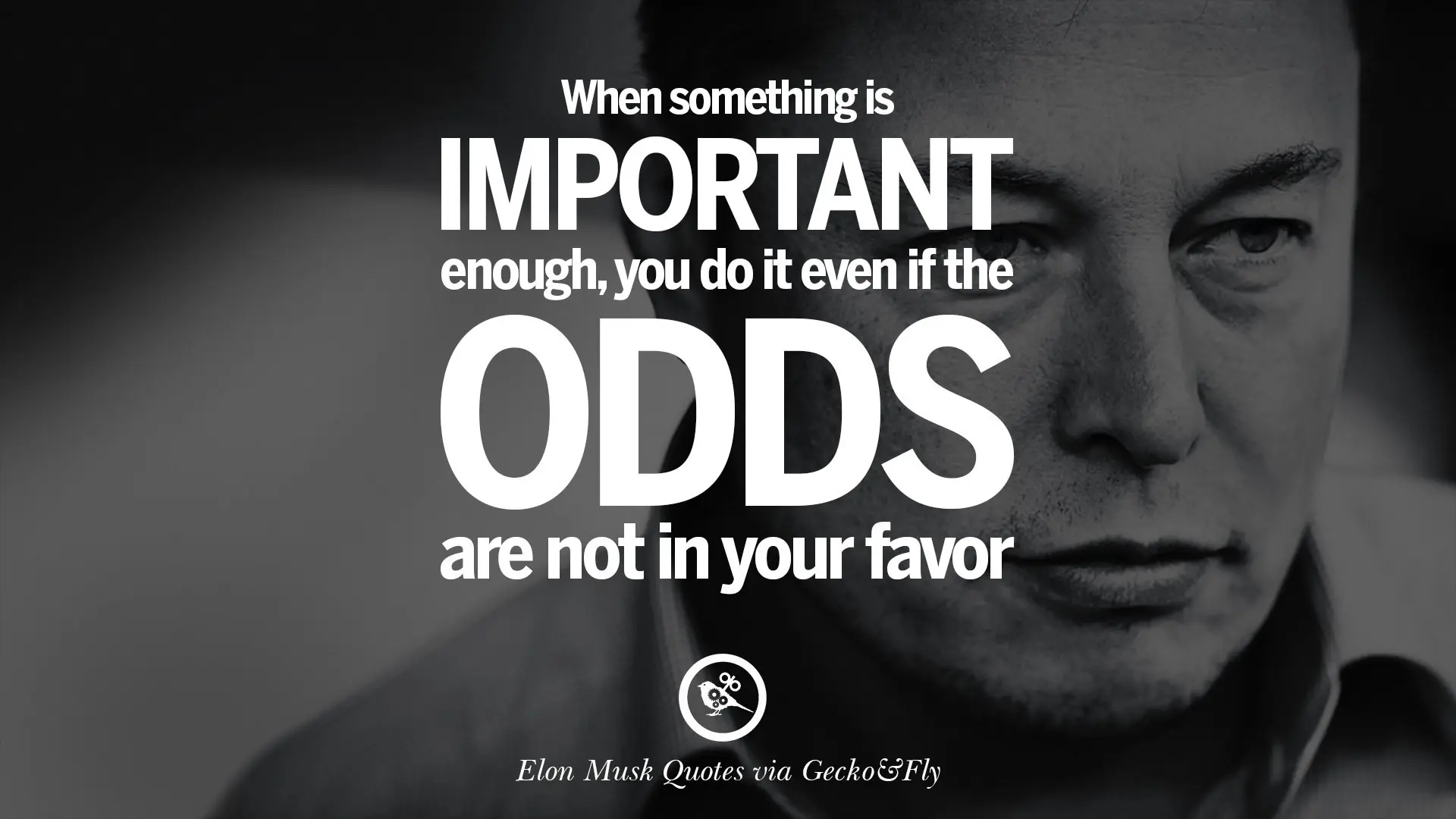Meditation is, perhaps, one of the best habits that a man could ever have. It will make you calm, collected, and focused on your purpose. But what if you don’t know how to meditate?
That’s fine. Meditation is actually quite simple, but plenty of “gurus” insist on complicating it. I remember when I first started trying to learn, and it was so confusing!
Every so called expert has some weird different technique or way of meditating, but it doesn’t have to be that way—in fact, I’ve broken it down in to 5 simple steps. Here’s how to meditate for beginners.
Why Should You Meditate?
Why should you even practice meditation to begin with? At times it can be difficult to stay mindful, and your attention will flitter about all over the place—is it even worth it?
The answer is a resounding YES. Even though meditation techniques are difficult to practice at times, the benefits you get will repay you 1,000x over.
Here are some benefits of learning to meditate:
- Mindfulness – As you practice meditation on a regular basis, you’ll be far more present and alert. You’ll be distracted by far less thoughts.
- Enhanced Focus – Those who practice meditation techniques on a regular basis are FAR more focused, making work go by faster, and drastically increasing productivity levels.
- Reduced Stress – Studies have shown that meditation can help reduce anxiety and stress, particularly for those people who tend to dwell on the past, and who tend to overthink things. [R]
- Brain Health – Researchers are just beginning to discover the incredible benefits of meditation. One such benefit is a reduced risk of Alzheimer’s and other cognitive decline disorders. [R]
Brain scan after brain scan has confirmed these incredible benefits of meditation. It’s crazy that just breathing a certain way and guiding your focus can do all this, isn’t it?
Meditation For Beginners
Meditation is simple, but people insist on complicating it.
Here’s what you do:
- Go somewhere quiet where you will not be bothered.
- Either sit on the floor cross legged, or sit upright on a chair.
- Set a timer for however long you want to meditate for.
- Close your eyes, and focus on your breath.
- When thoughts pop into your mind, don’t react to them. Just acknowledge them and move on.
That’s it. Like I said, it’s actually extremely simple.
But, if you want a little bit more information, then look below.
How to Meditate
Here’s a little bit more detail on each of the steps—don’t over complicate it, though. When you’re learning how to meditate, what’s important is that you just give it a shot. It’s always better to take action, lest excess information paralyze your mind.
Again, meditation is very simple. You don’t have to get everything 100% right when you first start meditating.
Just start, and improve as you go.
1. Find Somewhere Quiet
Ideally you want to be somewhere secluded so that you can focus on learning how to meditate. Some people can meditate in the comfort of their own home—that’s great.
Others live in very noisy environments. There’s solutions for this, too.
When I first started meditating in college, I lived in a noisy dorm room. It was hard for me to find some peace and quiet. So, every time I wanted to meditate, I would walk to the campus arboretum and meditate there. If you live in a noisy environment, you’ll have to get creative.
Here are some places that you can learn how to meditate if you live in a noisy environment:
- In your car
- On a park bench
- In a library
- In a secluded cubicle in your office
- Use your imagination – there’s plenty more.
Some people recommend using earplugs, and you can do this if you have no other option, but I wouldn’t recommend it.
The reason is that you want to hear your breath and heartbeat (yes, you can hear your heartbeat with practice)—this gets you in touch with your body.
2. Sit Upright & Cross Legged
The important part here is that your spine is upright.
Many of the benefits of meditation come from the deep breaths that you take.
Most people breathe very shallowly throughout the entire day, so charging your body with deep breaths of oxygen and ridding yourself of toxins is a huge plus. This is why your spine should be upright.
Personally, I prefer to sit cross legged in my desk chair—this is most comfortable for me.
Find what works for you though. If you can’t sit upright comfortably, then you can lie down. Eventually you want to work your way towards sitting upright, but for now do what is comfortable.
3. Set A Timer
You have to set a timer when you’re first learning how to meditate. If you don’t, you’ll be checking the clock every 2 minutes. This breaks your concentration over and over again.
If it’s your first time, then set a timer for 5 minutes. Each week add 5 minutes until you’re at 20 minutes a day.
You can use your phone timer, but I prefer a stopwatch.
I’m a big fan of G-Shock watches—I not only use them for timing my meditation sessions, but also for timing my rest in between sets, timing how long it’s been since my last meal, timing my morning routine, and literally everything else that I need to time.
I probably use the timer function on my watch at least 5x a day. I’ve had this watch for 2 years, and it still runs like a champ, even after subjecting it to all kinds of conditions (sauna, hot tub, outdoors, salt water, etc.).
I highly recommend a using watch, but you can also use a kitchen timer or your phone timer.
4. Focus on Your Breathe
A lot of people say to “stop thinking,” when they’re trying to teach you how to meditate.
In my opinion, this is stupid, because you’ll just end up thinking, and then thinking “Damnit! Stop thinking. Wait, that was a thought! Ok stop. No wait—UGH.”
Instead, focus on your breath. Focus on taking slow, deep breaths.
There’s all kinds of different breathing patterns that you can utilize once you’ve got the basics down, but for now, when you’re first learning how to meditate, just breathe slowly at a pace that is comfortable for you.
You’ll want to keep your eyes shut, as well. The idea is to minimize external stimulus so you can hone your focus onto a single thing (your breath).
5. Let Thoughts Pass You By
This is the most important part of meditation—it’s also the hardest part. When you’re first learning how to meditate, you will encounter a lot of resistance from your thoughts.
Most people are addicted to thoughts. Some people are addicted to victimizing thoughts, some are addicted to dwelling on the past, and some are addicted to anxiety about the future.
Meditation fixes all of this, but not without some difficulty on your part.
When you first start to meditate, you’ll notice that your mind won’t calm down. This is normal. The goal of meditation is to disidentify with your mind—so when a thought pops into your head, don’t get emotional over it.
Don’t entertain it. Don’t think about it. Just let it float by like a cloud. Let it pass by you—do not judge it, do not chase it and start thinking about other things, just accept it and let it pass by you.
Again, this is the hardest part—but with time, you will be able to watch your thoughts roll by like clouds, without judging them.
Sometimes, you may even experience ego death as I did. When you start to realize that you aren’t your thoughts, but the thing that’s observing them, it can sometimes be very difficult to accept.
But, if you persevere, you will emerge a far more powerful, focused, and influential individual.
In Summary
That’s it—a simple, 5-step guide on meditation for beginners. You can start doing this TODAY, with no excuses.
If you’re interested in meditation and becoming a more conscious, fully awakened man, consider reading some of the best books on spirituality.
You now have everything that you need to start meditating, so start. Do not click onto another article and just keep reading things without taking massive action.
Once you start meditating, you’ll notice some of the benefits within a week. You’ll find yourself being more calm, collected, and focused.
But you have to take action. If you have any questions, comments, or concerns, feel free to shoot me a message below. I’ll see you guys next time.






















Very helpful article. Just thought I could add this.
6. Morning is the best time for meditation.
7. Should not meditate after eating this brings about uneasiness during the process.
Mr. Jon,
Is this kind of meditation a good habit for women?
Janice
Any kind is good for women. Even though my blog is called “Masculine Development,” a lot of the stuff is applicable to women.
Thanks. I have a question. According to the website below, traditional meditation is not suitable for feminine women. Do you agree?
http://www.davemarkowitz.com/blog.php?article=Is-Meditation-Different-For-The-Feminine-Than-It-Is-For-The-Masc_6
Cool article. I also started with meditation and am slowly coming to see the benefits you talk about.
I never set a timer, though. My meditation teacher gave me the advice to simply decide to dedicate a certain amount of time, for example 20 minutes, and then just letting it go as long as it goes. Sometimes shorter, sometimes longer. Works like a charm for me.
Glad it’s working out for you man 🙂
I also find that starting is the hardest part, and often when my timer goes off I choose to continue meditating for 5-10 more minutes.